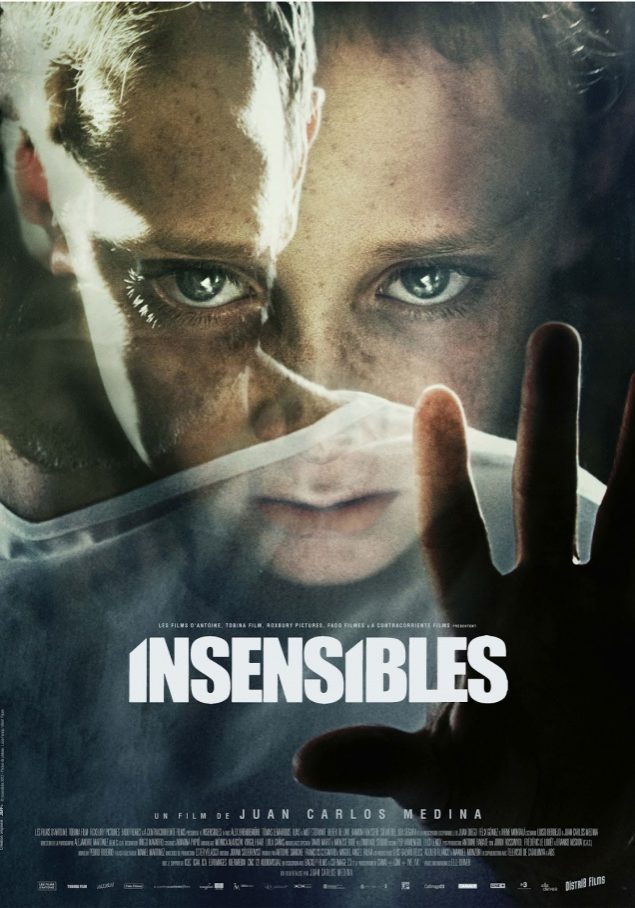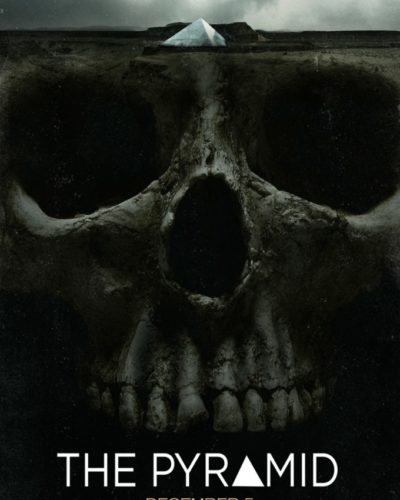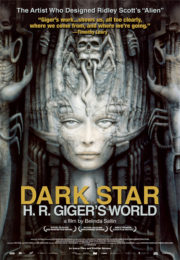A Mosaic of Pain: Unveiling “Insensibles”
“Even pain has its end.” This stark maxim resonates through the haunting narrative of “Insensibles,” a 2012 horror film conceived by visionary director Juan Carlos Medina. In a meticulously woven tapestry that combines historical context with supernatural elements, the film presents us with a dual story: one of children born without the ability to feel pain during the Spanish Civil War and a modern-day neurosurgeon uncovering his ominous heritage. This blend not only offers a unique entry into the horror genre but also provides a mirror for the horrors of our reality.
The Fabric of Fear: Crafting Atmosphere and Visuals
The aura of horror in “Insensibles” doesn’t rely on the usual tropes of jump scares or gory visuals. Instead, it’s the oppressive tone of the film that weaves a persistent sense of dread through the viewer’s psyche. Medina’s ability to generate suspense is almost surgical, with every scene constructed to add layers of tension. The film feels like a gloomy stroll down a corridor where every corner hides a disturbing possibility, but the threat is as psychological as it is physical.
The cinematography reinforces this atmosphere. Dark, muted colors paint the despair of the past, while the more vibrant present is shot in a way that it still exudes a sense of discomfort. Camera angles are used thoughtfully, sometimes suffocatingly tight, to amplify the claustrophobia or disorientation the characters (and viewers) experience. The special effects, used sparingly, make their impact by enhancing the storyline rather than overshadowing it.
Soundtrack and sound design in “Insensibles” are critical accomplices to the visuals. The score whispers the haunting reality of both timelines, adding an eerie resonance to the children’s condition and the protagonist’s journey. Sound effects—or, strikingly, the absence of them—create a vacuum where the audience is left to confront their discomfort. One can’t help but notice the profound silence in scenes where pain is expected, upending the norm and escalating the horror to a cerebral level.
Entities of Terror: Performances and Mechanics
The performances in “Insensibles” deserve high praise. The child actors portraying the pain-insensitive children deliver hauntingly vacant expressions that chill to the bone, reminding viewers that the true horror often lies within the human condition. The adults equally match this intensity, particularly in conveying the visceral struggle of facing an incomprehensible, inescapable past. Their behavior in the face of terror feels real and unsettling, further grounding the film in a disturbing realism.
“Insensibles” leans heavily into psychological horror, but it doesn’t shy away from elements of body horror and the supernatural. The children’s condition is a horrifying anomaly that probes at the audience’s deepest fears—what if we were incapable of feeling? What atrocities might we commit, or have committed against us, if pain held no sway? The film deftly uses its horror mechanics, intertwining them with the narrative to ensure that the frights are not merely for show but integral to the story’s progression.
The themes of memory, identity, and collective pain are woven throughout, creating layers of societal commentary that elevate the film beyond simple scares. “Insensibles” poses questions about the human capacity for negligence and cruelty when the suffering of others is invisible to us. This thematic richness adds to the film’s impact, transforming it into a conduit for introspection and a broader commentary on historical amnesia and trauma.
The Verdict: A Sinister Symphony of Sorrows
“Insensibles” is a horror film that eschews convention for a more disturbing dive into the psyche of its characters and, by extension, its audience. It’s a labyrinth where each turn confronts us with questions about our own humanity and the history we share. While it may not be the traditional horror fare, the film’s ability to unsettle and provoke makes it genuinely frightening and innovative.
Recommended for both horror aficionados and those interested in a more cerebral, emotionally complex experience, “Insensibles” holds special appeal for viewers who crave depth in their dread. Those with a heart for historical horror will find the dual timelines a compelling feature, though a word of caution: the film does contain moments that are viscerally intense and may be triggering for some.
While not as widely recognized as other horror masterpieces, “Insensibles” is a must-see for fans of the genre looking for a film that challenges as much as it chills. Its strength lies in not only its ability to horrify but also to make us reflect—a rare quality that distinguishes it from the fleeting frights of less substantive works.




